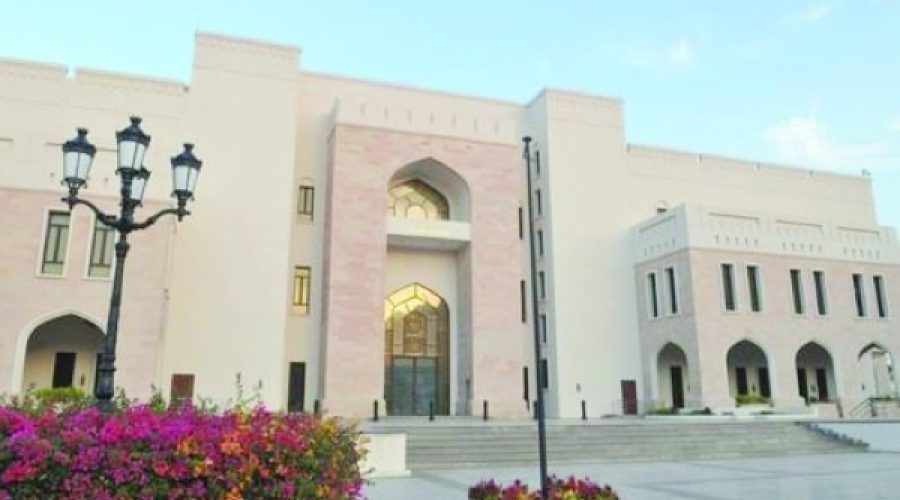Oman’s Fiscal Reform Success: What It Means for Investors and Business Growth
MUSCAT: A recent report published on the World Bank Blogs highlights the significant achievements of Oman’s fiscal reform agenda in strengthening its public finances. The report, authored by World Bank experts Jasmin Chakeri, Hoda Youssef, Muhammad Khudadad Chattha, and Yacine Ouahioune, details the key strategies implemented by the Omani government that successfully reduced public debt from a peak of 68% of GDP in 2020 to 35% by the end of 2024.
The report emphasizes that Oman’s experience underscores the importance of fiscal sustainability as an ongoing process, particularly for oil-rich economies. This involves managing expenditures during times of high revenue and planning for long-term stability. The recent reforms and targeted support measures have driven a rapid improvement in the country’s fiscal indicators.
A crucial development in this reform journey was the introduction of the Medium-Term Fiscal Plan (MTFP) in 2020, which charted a five-year course aimed at restoring fiscal sustainability by curbing spending and broadening revenue sources. The government implemented measures such as cutting back on hiring, reducing the wage bill, and reforming fuel and electricity subsidies through a targeted support system, resulting in a 16% reduction in public expenditure.
On the revenue front, Oman introduced a 5% value-added tax (VAT) in 2021, alongside existing excise taxes. It maintained a 15% corporate income tax rate for most companies, applied a reduced 3% rate for small and medium enterprises (SMEs), and kept a higher 55% rate on oil and gas firms. These steps were designed to create a more balanced and resilient fiscal framework.
The MTFP achieved strong results, surpassing its fiscal balance and debt reduction targets. Since 2022, Oman has run fiscal surpluses, and in 2024, it regained its investment-grade credit rating. This upgrade was attributed by rating agencies to improved debt metrics, stronger fiscal management, and ongoing economic reforms.
Notably, Oman prioritized controlling spending by cutting non-essential expenditures rather than scaling back essential public services. Revenues were increased by broadening the tax base rather than imposing higher rates on existing taxes. Importantly, when oil prices rose, the government used the additional revenue to reduce debt instead of increasing spending.
A key ongoing focus is to strengthen non-oil revenues, which help stabilize the economy during downturns and enhance long-term fiscal resilience. Oman has already made progress by introducing a Top-Up Tax in 2024 for multinational corporations, ensuring a minimum effective tax rate of 15% in line with OECD BEPS guidelines. Additionally, the country plans to introduce the Gulf’s first personal income tax by 2028, starting with a 5% rate on high-income earners—an approach that may serve as a model for other resource-dependent economies.
The authors commend the progress made but stress that fiscal reforms remain an unfinished agenda. Maintaining momentum will require sustained commitment to build on the gains achieved. Coupled with efforts to diversify growth in non-oil sectors under Oman Vision 2040, the outlook for Oman’s fiscal stability and broad-based economic growth appears promising.
Special Analysis by Omanet | Navigate Oman’s Market
Oman’s successful fiscal reforms, marked by a sharp reduction in public debt and regained investment-grade rating, signal increased fiscal stability and confidence for businesses. Smart investors should consider opportunities in non-oil sectors and anticipate upcoming tax reforms like the Gulf’s first personal income tax, which could reshape the investment landscape. Meanwhile, entrepreneurs must strategically align with Oman Vision 2040’s diversification agenda to leverage long-term growth and mitigate oil market volatility risks.



